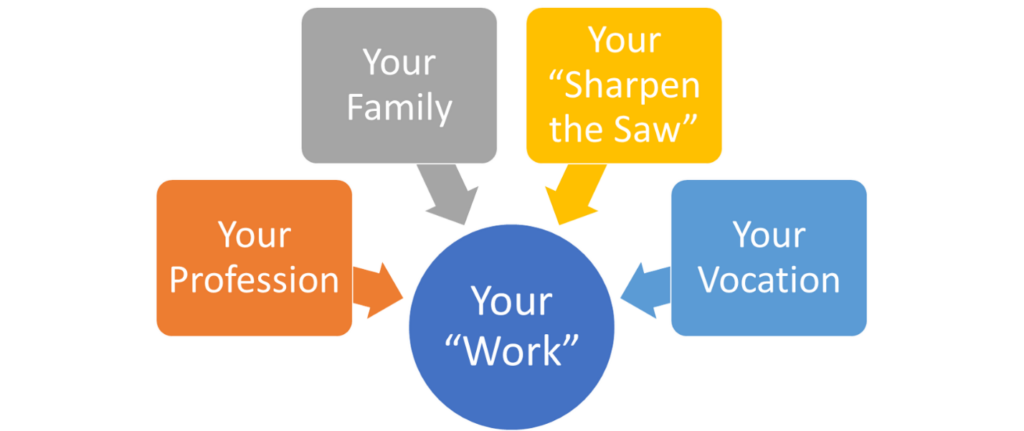What is GTD?
GTD in just 80 words…
GTD is essentially about maintaining an exhaustive to-do list of actionable tasks in addition to a calendar that would hold only time-sensitive tasks, while you complete tasks that take less than two minutes, on the go. You would use the to-do list to extract the tasks for the coming week, every week, and then further extract tasks for the day, every day. You then visit the day-specific to-do list to pick up the tasks best suited for the time slots.
While conventional wisdom provides us with valuable principles like the jar analogy of filling rocks, pebbles, and sand, or the Time Management Matrix, many struggle with translating these principles into practical implementation. These concepts remain timeless and relevant, but without a system to put them into action, they can feel disconnected from our daily lives.
Certainly, there is no shortage of practical tools available to us, such as calendar apps, to-do list apps, and various planners. These tools offer practical ways to enhance productivity, but they often fall short of providing a comprehensive solution. A calendar can effectively manage our meetings, but what about the rest of our work?
Fortunately, there is a foolproof time and work management system that addresses these challenges: GTD (Getting Things Done). GTD is a renowned methodology that tackles the root cause of work-related stress. By delving into the book of the same name or seeking guidance from a GTD coach, you can learn how to implement this system effectively. The beauty of GTD lies in its ability to restore the virtuous cycle of fulfilling promises, experiencing a sense of accomplishment, and subsequently improving productivity to fulfill even more promises.
With GTD, you can finally bridge the gap between theory and practice, empowering yourself to excel in your work and personal life. Say goodbye to productivity struggles and rediscover the joy of consistently delivering on your commitments.
GTD is Smart
I consider GTD to be a smart system because it excels in effectively distributing the workload between the Work Management System and the Worker’s Mind. It recognizes that there are certain tasks that the Worker’s mind may not handle efficiently, and it delegates those tasks to the Work Management System. This approach ensures that the system remains streamlined and easily manageable for the worker. In contrast, systems that overlook this crucial aspect tend to become overly complex and impractical to sustain in the long run. GTD’s ability to strike the right balance contributes to its practicality and enduring effectiveness.
GTD is Comprehensive
While many of us rely on project management tools for personal productivity, it’s important to recognize that our professional projects are not the sole responsibilities we have. Take a moment to consider the bigger picture:

As you can see, your responsibilities extend beyond just your day job and encompass various aspects of your life, including family needs, personal growth, and your calling or vocation. Managing all these areas and utilizing your time effectively can be a challenge. This is where the GTD methodology truly shines.
Any project management tool will be a big misfit for GTD. In fact, you don’t need any complex tool to implement GTD effectively. At its core, GTD relies on a calendar and four lists. You can easily use a simple listing app or a spreadsheet to practice GTD. If you’re interested in working with me to implement a straightforward GTD system, that I call Orderly, I invite you to learn more here. Together, we can establish a simple yet powerful approach to managing your tasks and commitments.

